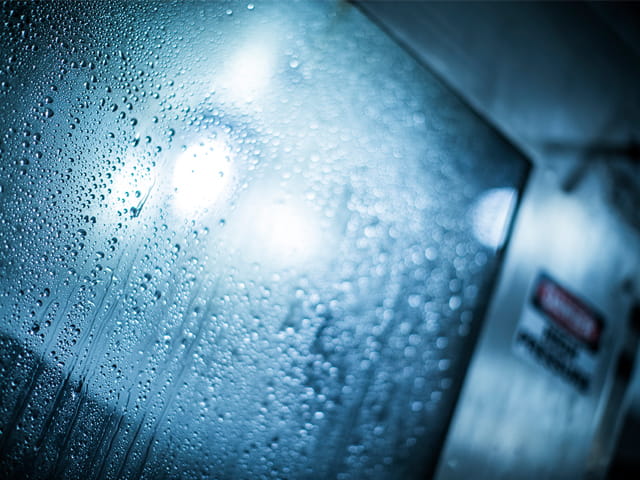SAE J1455 Testing Considerations
SAE J1455 is the “go-to” test specification for products associated with the automotive market. It is a good fit for developing a test plan for both on and off road vehicles as well as heavy duty trucks.
When you consider that 40% to 60% of today’s automobiles are made up of electronic parts, SAE J1455 is a valuable resource to insure reliable performance. Element is accredited to perform SAE J1455.
SAE J1455 should be regarded as a design guideline
The specification is based upon test results from major North American truck manufacturers and component suppliers. The tests called out in SAE J1455 should not replace actual operating specifications.
SAE J1455 considerations
客户interested in developing a test plan based on SAE J1455 will still need to determine:
周期数
知道最终测试将是环境暴露的短暂持续时间。考虑产品的位置和功能,并记住周期数量不应代表加速测试,以便尝试和确定可靠性/耐用性。这是一个不同的测试。考虑HALT/HASS testing建立运营限制和可靠性数据。
Pass/fail criteria
This should be determined before testing begins. It sounds simple enough, but if pass/fail is not identified, it can lead to additional time and expense in testing with questionable results. Identifying pass/fail is especially important if you are outsourcing testing to an independent lab like Element, and will not witness testing. Clear inspection instructions to the test technicians are needed so they can be noted in the test data.
样本大小
有多少样本是为了如何在测试中表现如何进行合理的结论?一个独立的测试实验室还需要知道这些信息,以帮助确定要使用测试的测试设备。
Sequence of Testing
In general, SAE recommends placing the most severe environmental testing last (ie. shock & vibration). Temperature cycling is often performed first to condition the test article to function mechanically.
Combining Tests
It’s true that many of the environmental conditions called out in SAE J1455 occur simultaneously in real world conditions. Often, the combined exposure may have more severe/important results than exposing the part to one condition at a time. SAE sites two very relevant examples here:
- 温度和振动 - 产品设计和安装位置是否易于同时组合的温度和振动?
- 高低温度曝光的湿度 - 这种组合可能非常重要,因为它涉及其被测电气部件的密封完整性。湿度是水。它将在高温下冷凝,可能是渗透密封。在低温下,如果密封失效,水可以在部件内冻结。
What J1455 Tests Should I Perform?
SAE已识别13个环境,这可能会对车辆上安装的组件产生影响。
Remember to consider combining humidity with hi-low temps and temperature with vibration when deciding which tests to choose. For each of these conditions below, SAE J1455 gives: (A) Definition of the Environment, (B) The Environments Effect on Performance, (C) Recommended Test Methods.
- 温度(包括热冲击)
- Humidity - There are two recommended humidity cycles. One is an 8 hour temp/humidity cycle and the second is a temp/humidity cycle under pressure to uncover defects in plastic encapsulated semiconductors.
- 盐雾(SAE建议ASTM B117)
- Immersion/Splash of water, chemicals oils
- Steam cleaning / pressure washing
- Fungus
- Dust/Sand and Gravel Bombardment
- 高度
- 振动
- Shock
- 一般电气环境
- 稳态电气
- 瞬态/噪声/静电
- Electromagnetic compatibility (EMC)
- Electromagnetic interference (EMI)
Location, Location, Location
请参阅规范的第5节以确定车辆上的位置将安装组件。这有助于优化测试选择。还有其他位置子类别,但这里是基础:
- 下面
- 内部驾驶室
- Interior Aft of Cab
- Chassis
- Exterior of Cab
For example, the temperature minimum and max extremes for a thermal shock test vary based on the location of the component on the vehicle. SAE J1455 contains a table outlining those temperature extremes. Minimum temperatures are -40C to maximum temps of +307C based on the location of the component.
What is the cost of SAE J1455 testing?
It depends. Sample size, number of cycles, combining environmental conditions all play a factor in the cost of the test. Asking for the test data rather than a formal report will result in a cost savings.
元素可以帮助建议SAE J1455中的各个测试配置文件的长度,并将与您合作,以确定可能的最有效和成本效益的调度。
通过介绍与您的相关文章Nucleus
making certain for nearly 190 years
更多来自元素
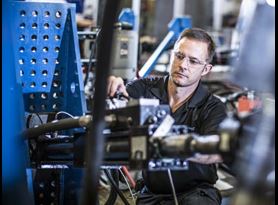
Dynamics Testing
In addition to vibration testing, Element provides a range of dynamics testing including acceleration, shock, drop, structural, fatigue and rotating load simulations.
阅读更多
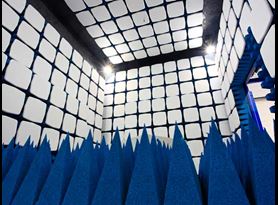
EMC Testing
AEMC测试航空航天,军事和商业应用。实验室在英国和美国。
Learn more
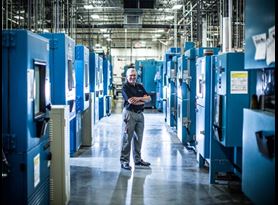
环境的Testing
元素可以为您提供关于产品或部分性能的批判性重要数据,以应对典型或极端的环境压力和条件。
阅读更多
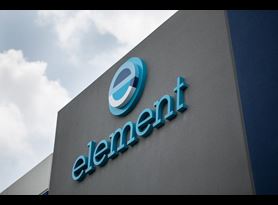
Local laboratories, global platform
Doing business with one of our laboratories enables our clients' access to our global platform of expertise, capacity and capabilities.
READ MORE
